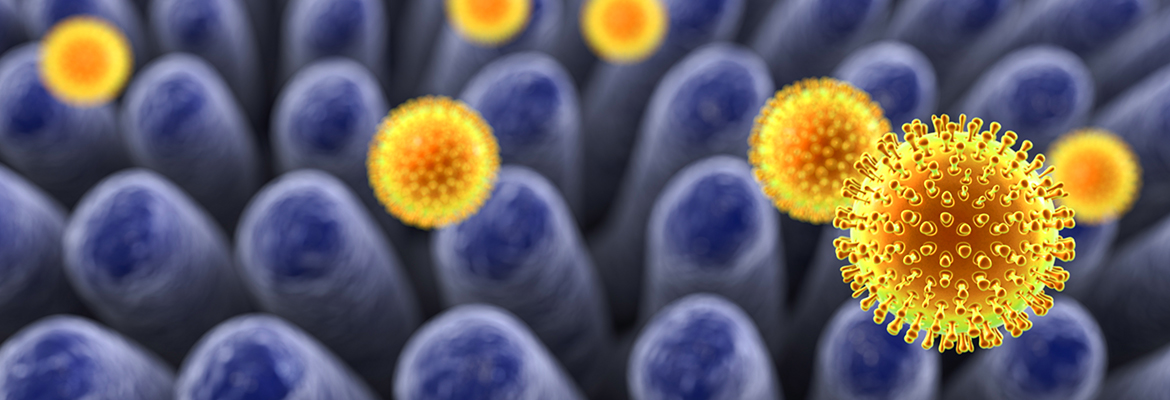The U.S. Food and Drug Administration (FDA) approved a game-changing cellular therapy in August 2017 to treat cancer with a patient’s own immune system. Kymriah™, the first therapy based on gene transfer to be approved by the agency, targets patients age 25 and under who are battling an aggressive blood cancer known as B-cell precursor acute lymphoblastic leukemia (ALL).
Developed by CHOP and the University of Pennsylvania in partnership with Novartis, Kymriah is a chimeric antigen receptor (CAR) T-cell therapy that modifies patients’ own immune T cells. The modified cells are collected and reprogrammed at a Novartis facility and then infused back into the patients’ bodies to seek and destroy the leukemia cells.
In 2012, CHOP became the first institution to investigate how CAR T-cell therapy could be used to treat pediatric patients who have ALL. While ALL is the most common childhood cancer, an effective treatment has been elusive.
Updated results from a global clinical trial of the CAR T-cell therapy, also known as tisagenlecleucel, reveal that children and young adults continued to show high rates of durable, complete remission of their disease. Most side effects were short-lived and reversible, according to a study published in the New England Journal of Medicine.
“This expanded, global study of CAR T-cell therapy gives us further evidence of how remarkable this treatment can be for our young patients in whom all other treatments failed,” said lead author Shannon L. Maude, MD, PhD, a pediatric oncologist at CHOP and assistant professor of Pediatrics in the Perelman School of Medicine at the University of Pennsylvania. “Our data show not only can we can achieve longer-term durable remissions, and longer-term survival for our patients, but that these personalized, cancer-fighting cells can remain in the body for months or even years, effectively doing their job.”In the “Inspiration” section of this Annual report, read the story of 9-year-old Austin Schuetz, a Cub Scout, collector, and cancer survivor from Wisconsin who participated in early clinical trials at CHOP for the treatment.





